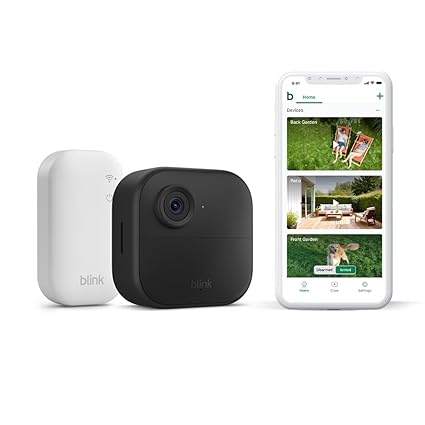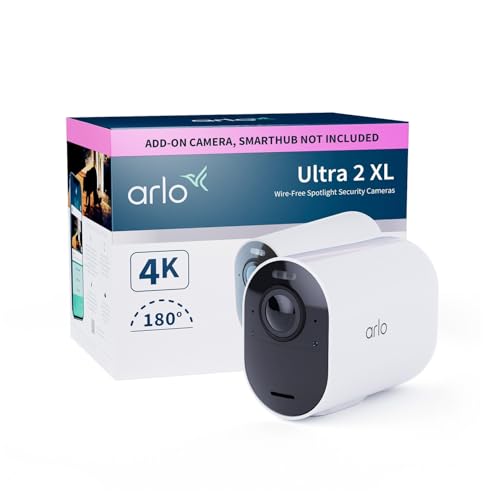Knowing where to put security cameras at home is essential. Without careful placement you won’t achieve effective coverage of your property, creating vulnerabilities intruders can exploit.
And to avoid blind spots in your home security system and capture clear footage, as well as being in the right places, CCTV cameras will need to be at the correct angle and height. All these factors matter in order to maximise security.
Below, we’ve put together the expert advice you need when positioning home security cameras together with what you need to think about to avoid intruding on neighbours’ privacy.
Priority locations for security cameras
There are priority locations for security cameras, and these are especially important to know about if you’re on a budget.
“Focus on the access points first,” says Anthony Neary, security expert at Safe.co.uk. “Front and back doors are priority locations, as these are the most common entry points for burglars.
“Side gates or alleyways should also be covered if they provide access to the rear of the property,” he adds.
Anthony Neary is the founder and security expert at home and business security retailers Safe.co.uk. With over 15 years of industry experience, he specialises in security solutions and how to keep properties safe.
Door and window coverage
Be aware that, for optimum security, windows as well as doors on the ground floor should have camera coverage.
“Ground floor doors and windows are the most common entry points in break-ins,” says Carlos Dhunay, security expert and owner of home security company Telcam.
“If you want a camera system to act as a true deterrent and provide strong evidence if needed, you’ve got to cover these access points. A lot of people focus just on the front door, but that leaves the sides and back of the house exposed. Burglars are more likely to test a side window than try their luck on a camera-facing porch.”
This doesn’t mean you’ll need a dozen cameras, Carlos points out. “With good placement, wide-angle lenses, and possibly multi-camera kits, you can get solid coverage of every vulnerable spot without going overboard.”
Garage and shed coverage
Ideally, other parts of your property should have camera coverage.
“If possible, add cameras to monitor driveways, garages, and sheds, as these often contain high value items and can be targeted as an easy entry point,” says Anthony Neary.
Height and angle of security cameras
To maximise the effectiveness of security cameras, consider their height and angle when positioning them.
“Camera placement is essential to think about because too high and you lose facial detail, too low and it becomes easy to tamper with,” says Carlos Dhunay.
“A good rule of thumb is to mount them around 8 to 10 feet (2.4 to 3 metres) off the ground,” he advises. “That’s high enough to be out of easy reach, but still low enough to catch key details like facial features or licence plates.”
When it comes to the angle? “You want to avoid pointing straight down or aiming into the sun, which can wash out footage,” Carlos says. “Instead, tilt the camera slightly downward and make sure it’s aimed to cover the widest possible area of interest, like the approach to a door or along a garden path.
“Also, don’t forget about glare from lights or reflections because those can ruin an otherwise perfect setup,” he says.
Shop for home security cameras
Keep others’ privacy in mind
As well as knowing where to put security cameras at home, it’s also vital to be aware of the footage you shouldn’t be capturing.
To comply with home CCTV laws you should not capture detailed images of the areas where others have a reasonable expectation of privacy – think neighbours’ interior windows and their gardens, for example. Make use of privacy zone features which allow specific areas to be blocked out when setting up a camera so that you get good coverage of your own property without intruding on those nearby.
As well as positioning security cameras effectively, think security lighting. “I would always advise adding lighting, or installing cameras with motion activated lighting built in, to draw more attention to the fact they are there,” says Anthony Neary. “This in itself can be enough to warn off intruders.”
View the original article and our Inspiration here





Leave a Reply